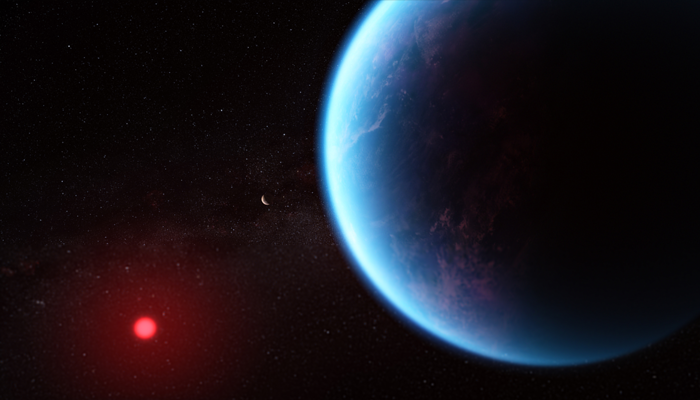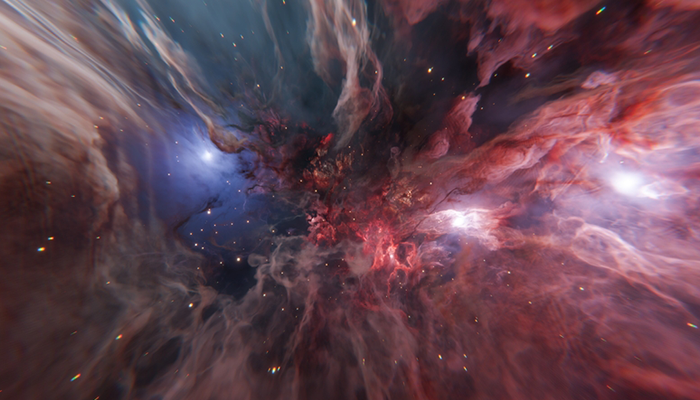Space Bricks on the Moon: Envisioning Future Habitats with ESA's Innovative Lego-Inspired Home Designs on the Lunar Surface
- Admin
- 1 year ago
- 4 minutes read

As humanity's aspirations for space exploration expand, the concept of establishing habitats on the Moon is rapidly transitioning from science fiction to plausible reality. The European Space Agency's (ESA) innovative approach to using lunar regolith, the loose material covering the Moon's surface, to create interlocking, Lego-like bricks for construction marks a significant leap forward. This method not only reduces the need to transport heavy materials from Earth but also paves the way for sustainable living on the lunar surface. Let’s explore what future lunar habitats might look like, focusing on their design and functionality.
Innovative Building Materials: Lunar Regolith Bricks
The foundation of future lunar habitats lies in ESA’s pioneering use of lunar regolith bricks. By employing a 3D printing technique known as sintering, which heats the regolith to just below its melting point to fuse the particles together, ESA can produce robust, interlocking bricks directly on the Moon. These bricks can be easily transported and assembled, creating modular structures that are both durable and adaptable to the harsh lunar environment. This approach significantly cuts down on the logistical and financial challenges of space construction, making lunar habitats more feasible.
Modular and Interlocking Design
The use of interlocking bricks allows for a modular design approach, where structures can be built and expanded with ease. Imagine a lunar habitat resembling a giant Lego village, where each module can serve a specific purpose such as living quarters, laboratories, greenhouses, and recreational areas. The interlocking nature of the bricks ensures stability and resilience against the Moon's seismic activity and temperature extremes. This modularity also allows for the customization of habitats, enabling astronauts to rearrange and expand their living and working spaces as needed.
Sustainable and Self-Sufficient Living
Future lunar habitats will prioritize sustainability and self-sufficiency. Using local materials like lunar regolith not only minimizes transportation costs but also aligns with ecological principles of using resources available on-site. These habitats could incorporate advanced life support systems that recycle air and water, alongside hydroponic gardens for growing food. Solar panels integrated into the habitat’s design will harness the abundant solar energy available on the Moon, powering all systems and reducing dependency on Earth-based supplies.
Advanced Life Support and Comfort
Ensuring the comfort and well-being of lunar inhabitants is crucial. The design of lunar habitats will integrate advanced life support systems to maintain optimal living conditions. Air filtration systems will ensure a constant supply of clean air, while water recycling units will process wastewater for reuse. Temperature regulation systems will protect inhabitants from the Moon's extreme temperatures, maintaining a stable and comfortable indoor environment.
Living quarters will be designed with privacy and comfort in mind. Individual sleeping pods, soundproof workspaces, and communal areas for dining and socializing will create a balanced living experience.
Green Spaces and Agricultural Innovation
Green spaces will be an integral part of lunar habitats, not just for food production but also for psychological well-being. Hydroponic and aeroponic systems will allow for the cultivation of fresh produce without soil, using nutrient-rich water or mist. These greenhouses will be essential for providing a steady supply of fresh food, reducing reliance on Earth-based provisions, and ensuring a balanced diet for astronauts.
Beyond functionality, the aesthetic appeal of lunar habitats will also be important. Architectural renderings suggest that these habitats could incorporate sleek, futuristic designs that harmonize with the stark beauty of the lunar landscape. Transparent domes or windows made from specially treated materials will allow inhabitants to enjoy views of the Earth and the stars, providing a constant reminder of their connection to home. Interior design will focus on creating a comfortable and inviting atmosphere, using lighting, colors, and textures to enhance the living experience.












